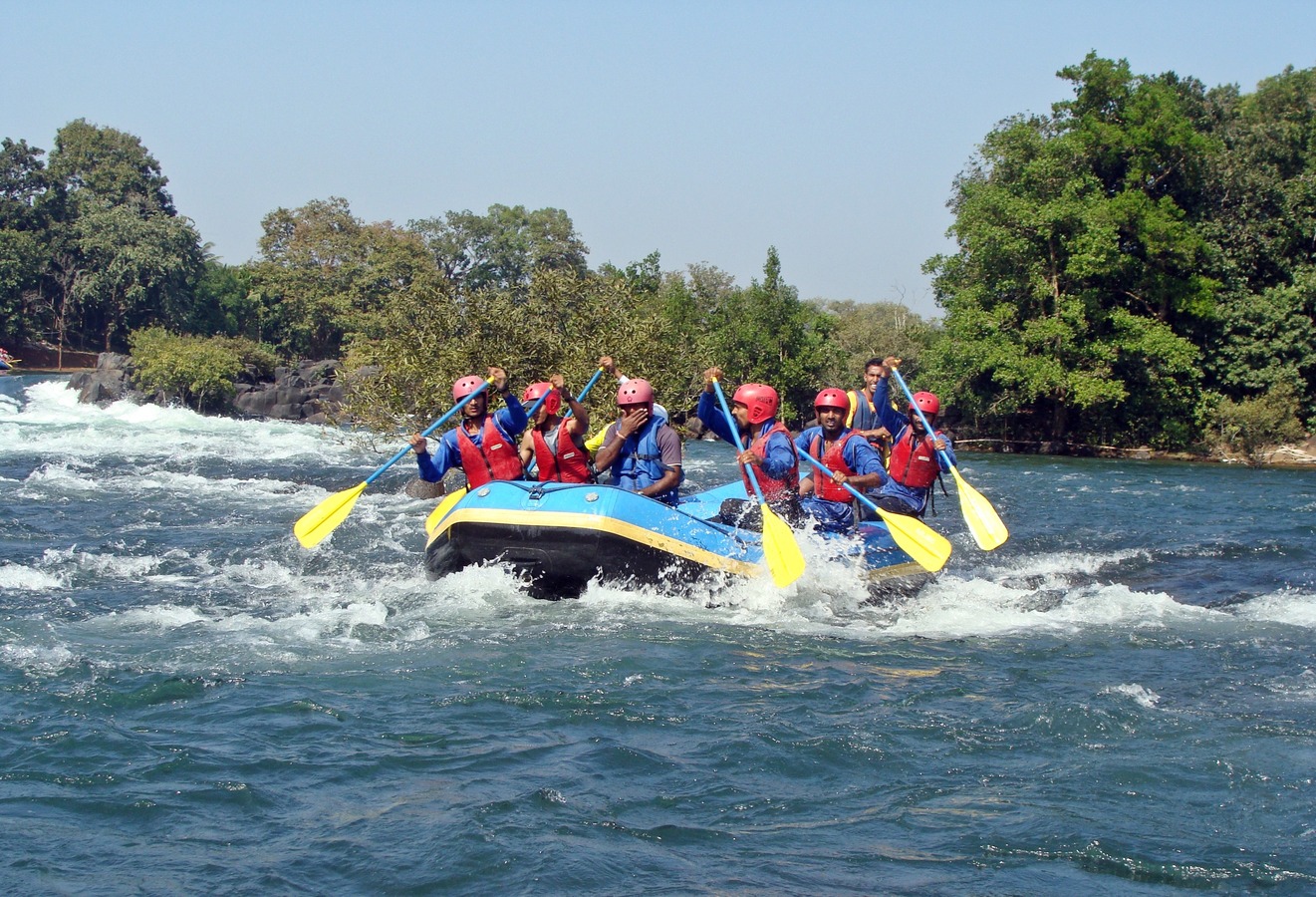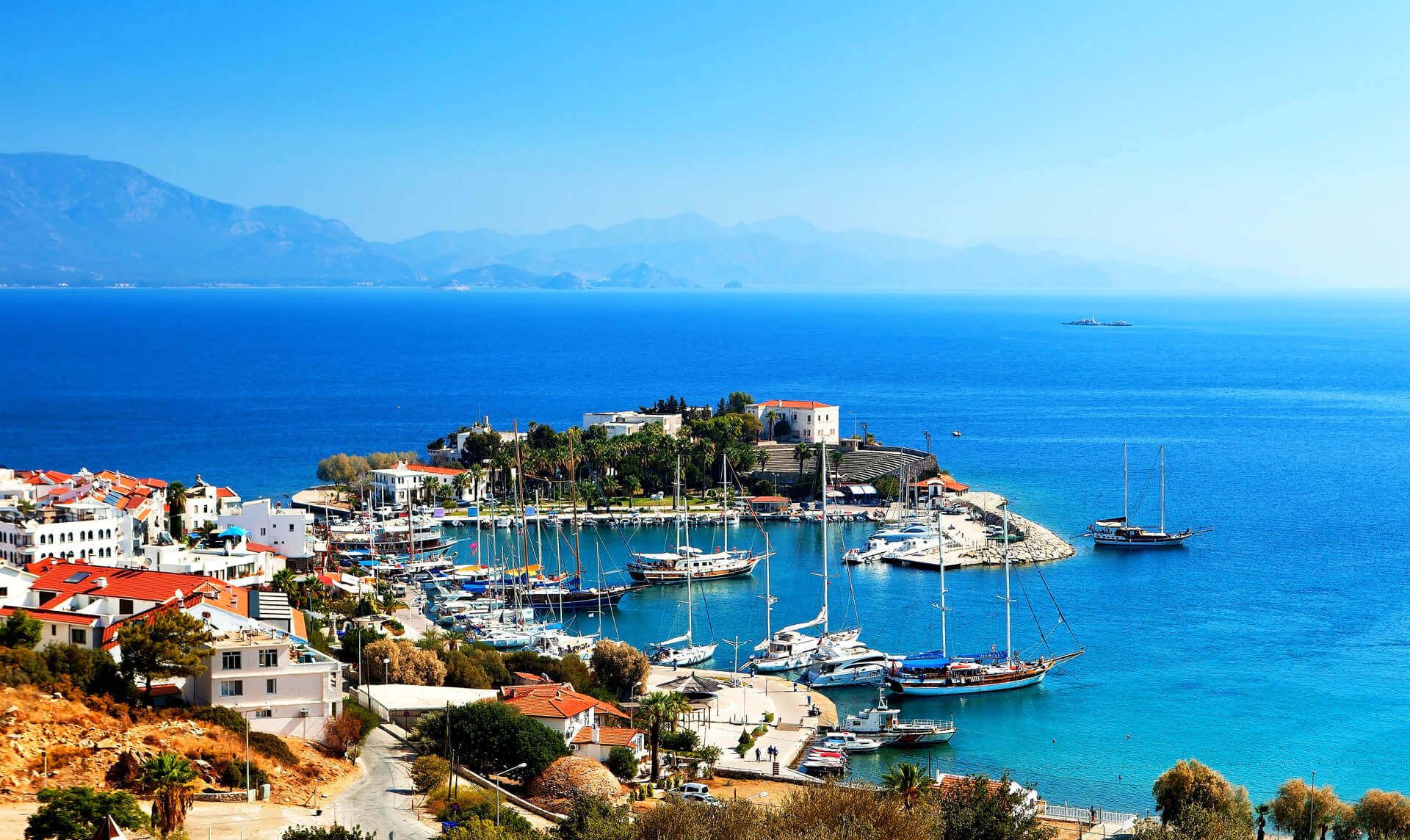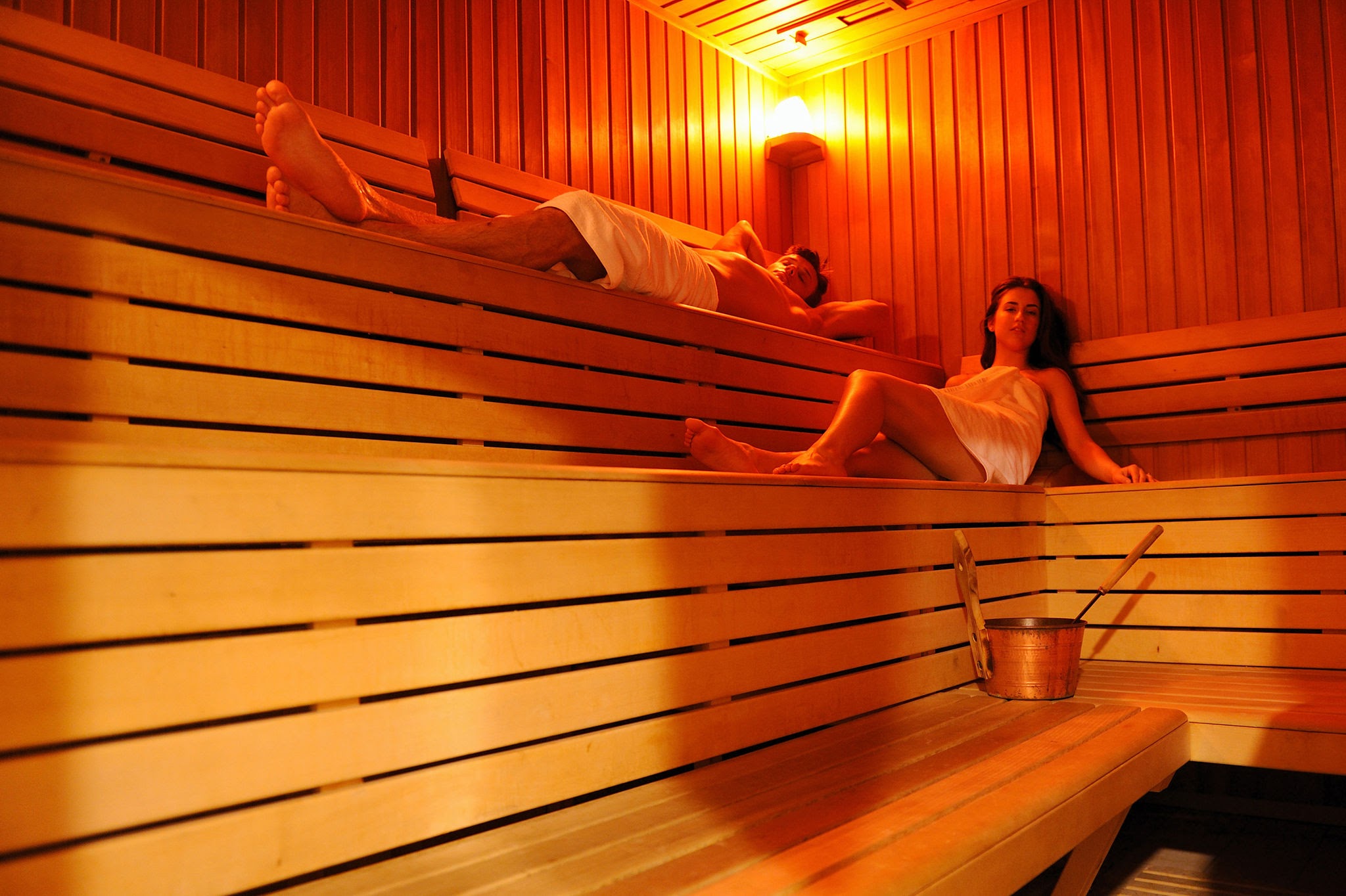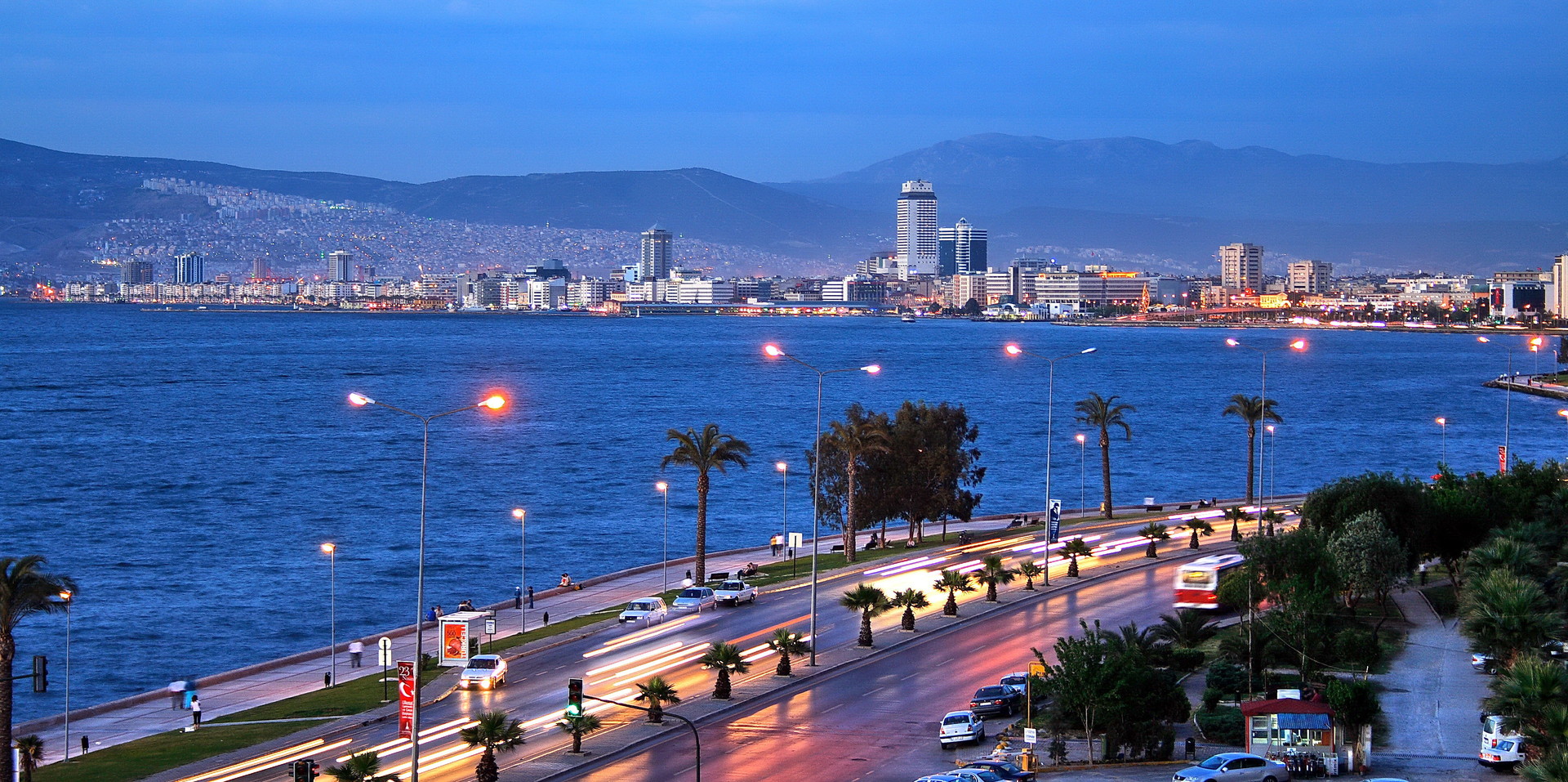As interest in nature oriented tourism activities rises, sports practiced without harming nature gain importance. Rafting is one of these sports which represents a most gentlemanly competition. Mankind for centuries has been attracted by the beauty of rivers and turned them into sources of life. Today, he is in need of challenging their exuberance and pitting body and mind against this natural force.
The birth of rafting doubtlessly began when man first grasped a branch floating on a river. Today, rafting is a popular sport in the Western world. This sport which is practiced in rapid rivers with 4 to 12 people on inflated boats made of thick latex material requires a combination of man’s physical energy, mind, geographical control and physical and psychological endurance. The only protection the sportsmen have in this struggle against nature is life vests and helmets.
Arriving at the goal is the ultimate fulfillment after struggling against the wild current of a river despite all difficulties. Exploring the unspoiled nature guided by the river is the greatest pleasure that one experiences with rafting. Many rivers in Turkey are suitable for rafting and canoe sports. Besides the river Coruh, the Firtina, Berta, Barhal, Oltu and Harsit Rivers in the Black Sea Region and the Goksu, Koprucay, Manavgat and Dragon Rivers as well as the Cehennem Stream in the Mediterranean Region are excellent routes for rafting.
Rafting is practiced with no harm to nature and without leading to over construction or pollution, and is truly nature friendly. The promotion of rafting will produce a positive effect in terms of both Turkey’s tourism, and the development of an awareness of nature conservation. The Great Adventure, the Most Exciting of Sports…
RAFTING IN CORUH RIVER
The rafting event to be arranged for the first time on the River Coruh, one of Turkey’s natural beauties, is going to draw attention to the touristic potential of the Black Sea Region, to the Coruh Valley as well as the natural and historical sites in the vicinity. Originating at the Mescit Mountains (3,225 m) and flowing 466 km before reaching the Black Sea in Georgia, Coruh River is one of the fastest flowing rivers in the world.
The small towns and villages located along the river are impressively authentic and interesting historically. The area as a whole represents the synthesis of the cultures of Eastern Anatolia and the Black Sea. Coruh River is frequented by local and foreign sportsmen, who travel each year to this area for canoeing, rafting and trekking in the Kackar Mountains. The best way to reach the summit at Kackar Mountains is via the villages of Yaylalar and Olgunlar. Dilberduzu makes an excellent campsite.
From there proceed to Deniz Lake and the summit at 3,9377 m. Local guides and mules to carry personal belongings may be hired. An alternative route is to the summit is to pass horizontally by Trans-Kackar on one of several trails. The natural habitat of Coruh River remains undisturbed. Colonies of red vultures, which are threatened with extinction, live among the rocks by the riverside.
The area surrounding the river is rich in wildlife, including gray bear, mountain goat with hooked horns, wild boar, wolf, jackal, fox, badger, marten, water sable, rabbit, partridge, wild rooster, woodcock, wild duck, stock dove, golden oriole, siskin, fieldfare, pigeon and wood pigeon. As the Coruh passes 150 kms through the province of Artvin, the river cuts through steep and impregnable mountains on its way towards the Black Sea.
COURSE
A trip down the Coruh starts at Bayburt, passing through Ispir and Yusufeli and on to Artvin, a distance of approximately 260 kms.
BAYBURT – ISPIR 0-106 KM
An ideal starting point for the expedition is the Dikmetas Bridge near Bayburt, which has good areas for camping on either side of the river. Aslandede and Laleli also make pleasant campsites. With a class 2-3 water, the trip from Bayburt to Ispir can be completed within three days on average. Approximately 3 kms before arriving at Ispir, the left bank affords a convenient campground. The nearby gas station and the shops in Ispir are useful for reprovisioning.
ISPIR – CAMLIKAYA 106-134 KM
Following departure from Ispir ( stabilized road entry: 0 km), one should watch the rapids at 3km, 6.6 km, 7.4 km, and 8 km. The small hut on the left side of the road before arriving at the road junction for Camlikaya at 28 kms makes a good rest stop. Drinking water can be obtained either from the brook flowing from the mountains, located 200 meters ahead on the left side of the road, or from the spring to the right of the transformer station past the concrete bridge at the Camlikaya road junction. Food can be purchased from Camlikaya (4 kms from the road junction). The Ispir-Camlikaya route is class 3-4-5 water.
CAMLIKAYA – TEKKALE 134-178 KM
After Camlikaya, rice plantations, vegetable gardens and fruit orchards prevail on the river banks. The river passes by Koprugoren at 48 km, coming to the hamlet of Alanbasi at 54 km. It is possible to camp there next to the brook that joins the Coruh on the left bank immediately before the village. Past the concrete bridge, the river becomes rockier, class 3-4-5 water. An old watch tower is visible before arriving at Cevreli.
The garden in front of the village primary school, to the right immediately after the concrete bridge, makes a good campsite. There are also places to overnight in Tekkale, 7 km ahead. From Tekkale, guides can take you up the mountains to see the historic Dortkilise, a medieval Georgian church. Fishermen will enjoy angling for speckled trout (alabalik) in the brook flowing nearby the church.
TEKKALE – ARTVIN 178-261 KM
From Tekkale, the expedition proceeds to Yusufeli, 6 kms away, where accommodations and simple cafes can be found. The Altiparmak, one of the major branches of the Coruh, joins the river close to Yusufeli. As the flow-rate of the river picks up speed, the route becomes increasingly challenging, class 3-4-5 water. Oltu Cayi joins the river 9 km after Yusufeli, near the Artvin-Erzurum highway junction, behind a concrete bridge. The rapids begin 22 km from Yusufeli.
This 100 meter stretch of white water, nicknamed ‘King-Kong’, cascades around sharp boulders with breathtaking velocity, making it the high point of the expedition. The water is dangerous here, class 5+ water, so less experienced expeditions should not plan to cross this section when the river is high. A large concrete sign inscribed with the letters EIE to the left of the highway identifies this section of the Coruh. Expeditions can make camp 33 km before Zeytincik, stopping to pick up any necessary provisions in the village.
At 43 km, the river enters a narrow 3 km long canyon class 3-4. The gas station and inn at Oruclu, at 57 km, provides a convenient finish for the trip. Boats can be pulled on shore here and there are a few rustic rooms and a cafe. Artvin is 20 km further on from Oruclu, with mostly class 1-2 water. Some groups prefer to extend the route right through to Artvin.
Important Subjects
International Difficulty Class
The following list of classes categorises the level of skill required to raft or canoe:
– Class 1: Small easy passes
– Class 2: Easy passes, regular flow, small rocks and waves
– Class 3: Hard, regular large waves, limited visual range, small falls, must be studied
– Class 4: Very Hard, large waves , Waters with counter-currents, long and unpredictable passes, dangerous rocks, big falls, must be studied.
– Class 5: Extremely hard, high flow and current, dangerous rocks, steep slopes, continuous falls, limited passes in advance, generally impossible.
– Class 6: impassable.
Agencies
To participate in watersports at which professional supervision is necessary, trips must be organised through the an approved agency.
Equipment
Participants must wear shoes and life jackets while rafting, and it is recommended to wear headgear and goggles.








